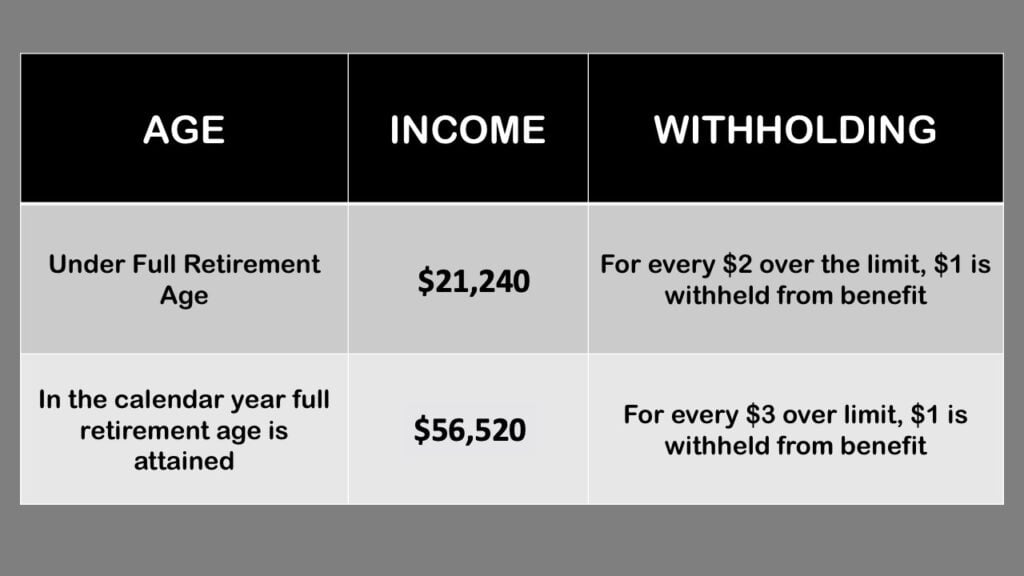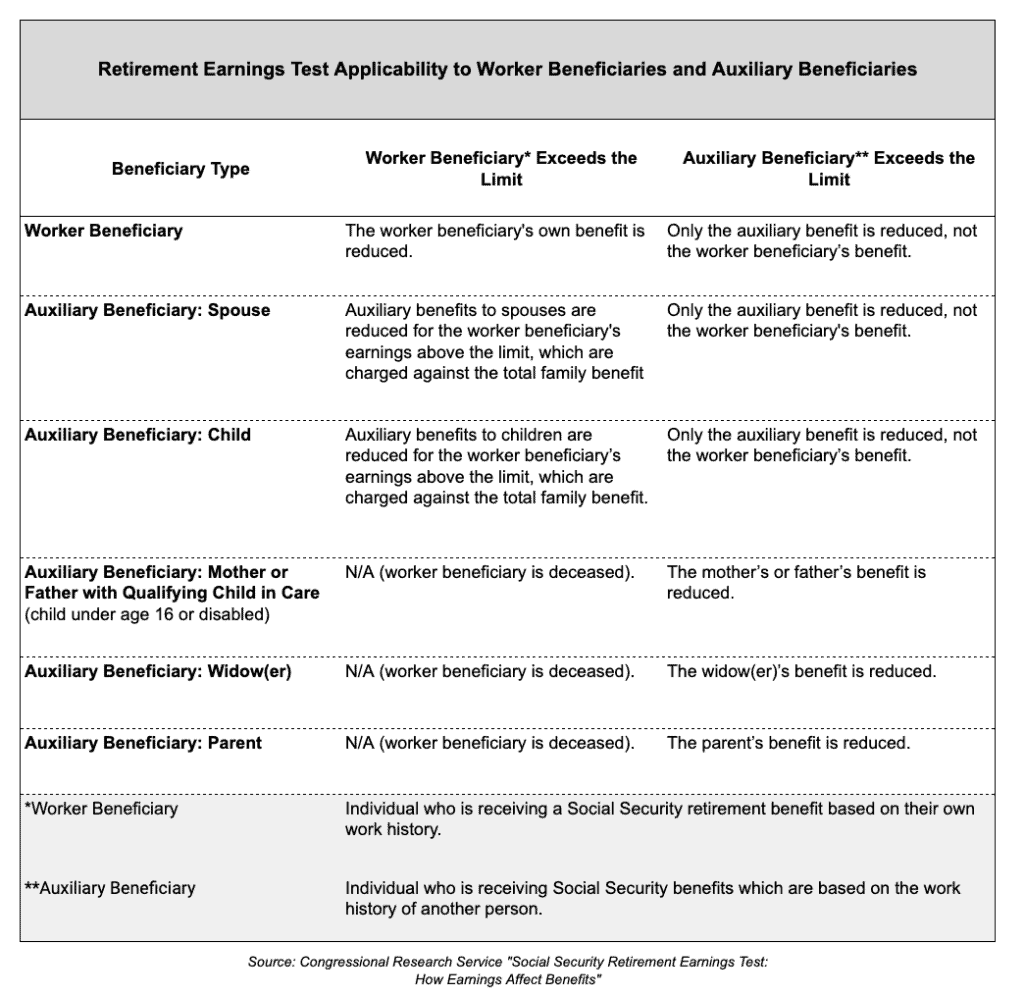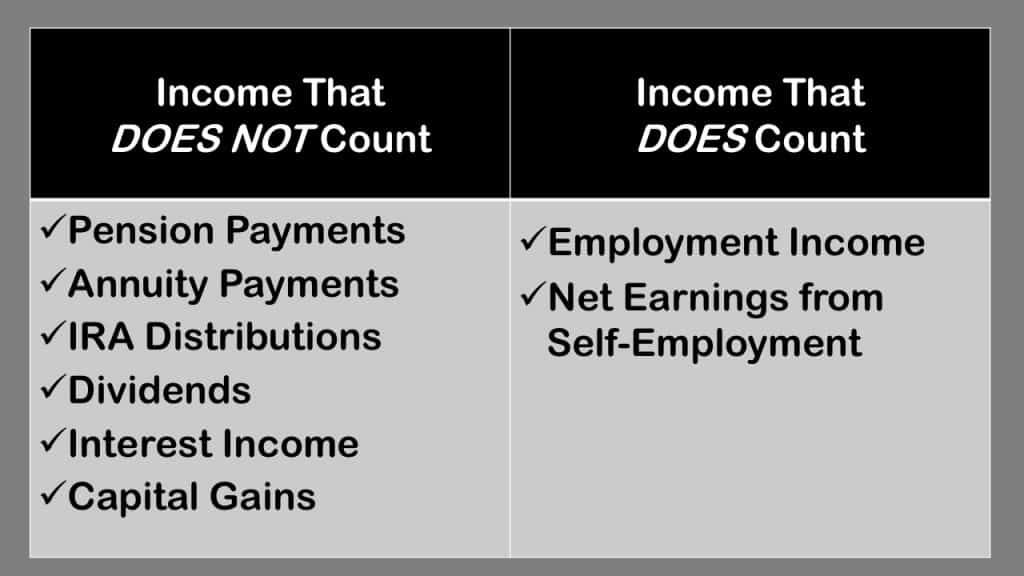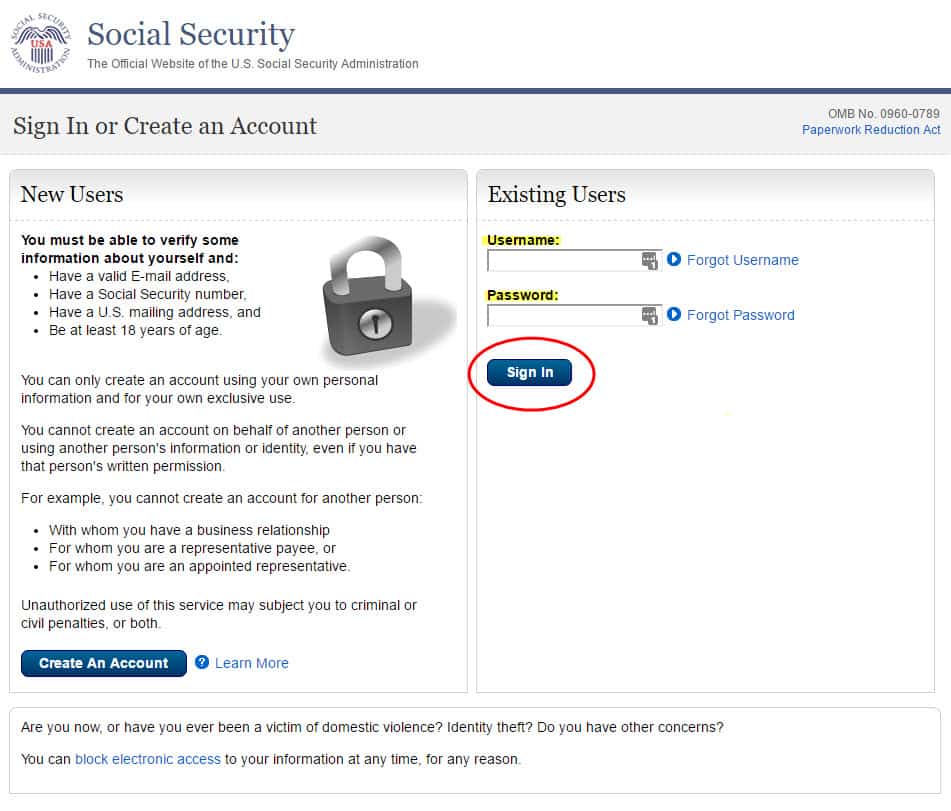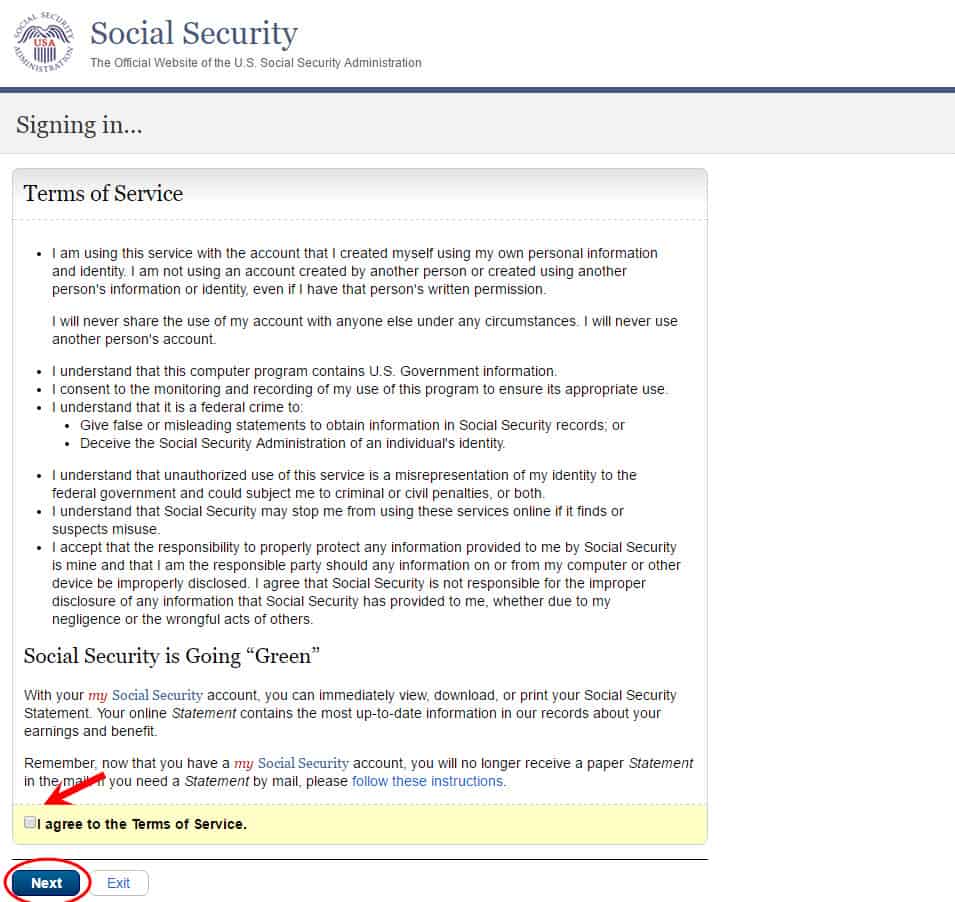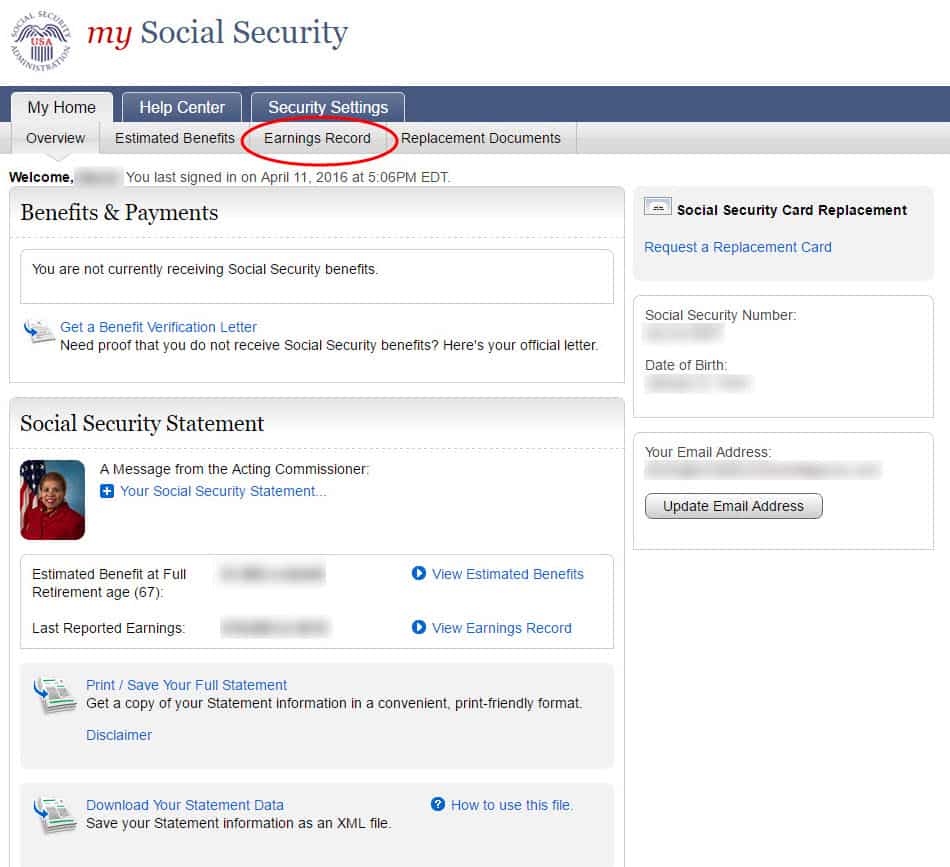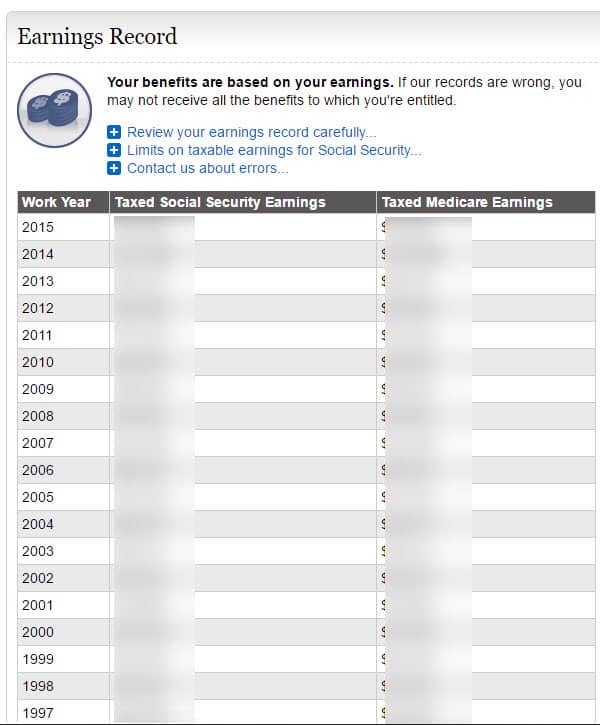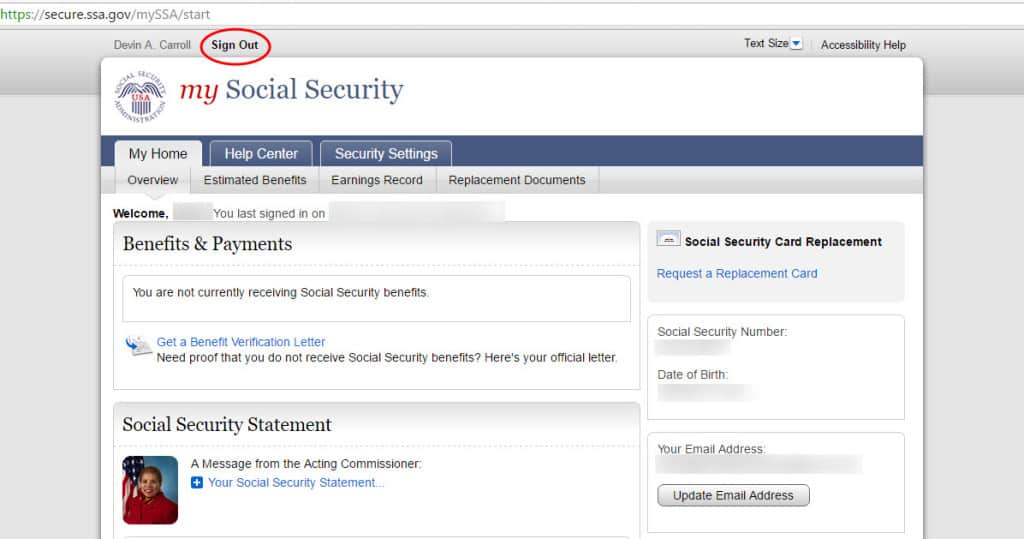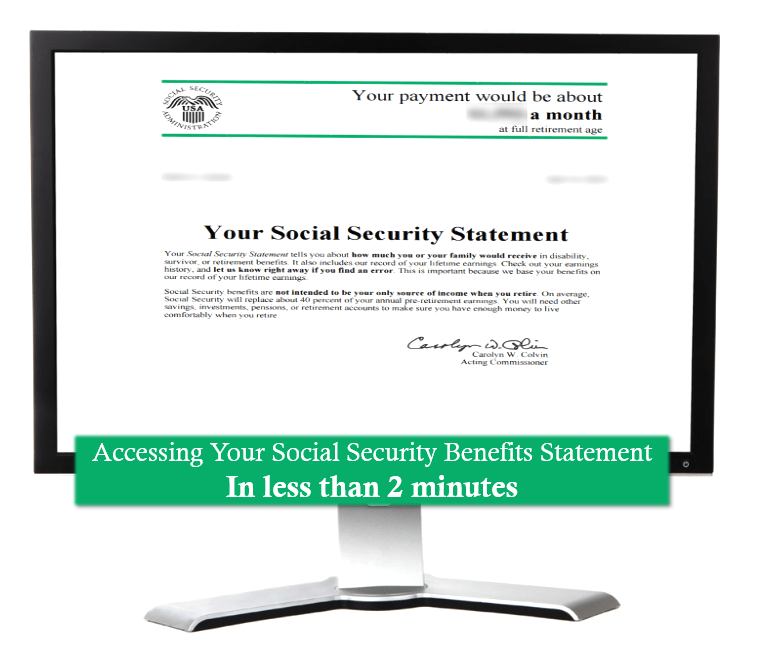
If you’ve happened across some of the headlines about the future of Social Security, you may be thinking we should really be talking about the lack of a future for these benefits.
Follow the news around this topic for any amount of time, and you’ll be hit with some alarming claims. Here’s just a quick sampling:
“The entire Social Security program will be fully depleted…in 2034.”
“There’s a 0% chance that the government will be able to honor its existing commitments.”
If these warnings have you doubting the availability of Social Security funds to supplement your retirement income, you’re not alone.
A 2016 Transamerica study found 77% of employees felt the same way. American workers reported feeling worried there would be no money left by the time they could leave the workforce and draw their benefits.
But here’s the thing: these concerns may be unfounded.
Is there a legitimate reason to feel alarmed? Are the headlines overdramatic, or do they serve as legitimate warnings?
To answer these questions, you need to understand the history of the Social Security Administration and its benefit program. From there, you can make a more informed, educated prediction for what the future of Social Security will look like — and more importantly, how you can plan for that future.
Where the Social Security Program Started
Social Security’s roots stretch back to the Great Depression, and the program started as a way to ensure financial security for the elderly and disabled.
The SSA started with good intentions. The problem? The system was flawed from the start.
The Social Security program was predicated on the assumption that there would be more workers than retirees to fund the benefits, and that people would continue to live to the same median age.
These assumptions might have been factual at the time the program started. But they’re no longer necessarily true, making the original Social Security setup outdated today.
People live longer these days; in some cases, much longer than they used to. And retiring Baby Boomers who now draw income from Social Security are overloading the system, especially as there aren’t enough younger workers paying into the system to keep it sustainable at current benefit levels.
While politicians have both suggested and actually made policy changes to establish a surplus trust fund, it’s not enough. Social Security is on track to exhaust those funds.
Based on that, it looks like people could face a loss of benefits by 2034.
Where This Prediction of a Loss of Social Security Benefits Comes From
We always hear that 2034 do-or-die date, but where did that forecast come from? And more importantly, is it possible that it could be wrong?
If you pull out your 2018 Social Security Trustees report — all 270 pages of it — you’ll see that they make a series of assumptions that lead them to this projected date.
Broadly speaking, the assumptions fit into three categories: Demographic Assumptions, Economic Assumptions, and Program Specific Assumptions. Here’s what trustees are looking at within these broader categories.
Demographic Assumptions
The first scenario under demographic assumptions that matters for the longevity of the Social Security fund is is the high cost scenario. The question is, what if this specific category doesn’t contribute as much as expected to the trust fund, or takes more from the trust fund than expected? That would make the cost of the program high, and therefore contribute to an earlier date at which the funding dries up.
There’s also a low cost scenario, in which workers actually add more than they take or don’t take as much as expected from the trust fund. In both cases, trustees look at things like fertility rates, mortality rates, and immigration. If fertility rates increase, there will be more individuals to pay into the trust fund. An increased child per woman rate would move the needle towards the low cost. If women start having fewer babies than projected, however, it would mean that fewer future taxes are coming in and would move the needle to the higher cost assumption.
For mortality rates, if people live longer, checks have to be paid out longer, thus moving this toward the higher cost. If life expectancy for the average person drops, the scenario moves towards the lower cost side.
Then there’s immigration. If the rate of immigrants increases, there will be more workers paying payroll taxes and move the needle toward the low cost scenario. If the immigration rate decreases, there will be less taxes paid in.
Economic Assumptions
One of the most important categories is the economic assumptions. There are many here, but two are particularly important to highlight: inflation and unemployment rates.
There are a number of ways that inflation could affect the economy, but the most direct impact to Social Security is through the Cost of Living Amount (“COLA”) adjustments. The Social Security COLA is based on Consumer Price Index for Urban Wage Earners and Clerical Workers (“CPI-W”), which is tied directly to inflation.
If inflation increases, the COLA on benefits will be more than anticipated driving the cost up. If inflation is lower than expected, more money can stay in the trust fund… thus driving us toward a low-cost scenario.
And obviously, if fewer people are employed, there are a number of impacts but one that’s clear is less revenue coming into the trust fund in the form of payroll taxes. If more people are working, there will be more revenue in payroll taxes.
The trustees’ report currently have the high cost scenario at 6.5% unemployment, the intermediate cost is 5.5% and the low cost is 4.5%. But when you look at the actual numbers, we are at 4% unemployment right now and have been for over a year. The trustees want an average, so one year pf data isn’t enough for them to change their assumptions — but if it continues to stay low, it will bode well for the trust fund’s longevity.
Program Specific Assumptions
Under the program specific assumptions, there are a whole slew of sub categories — but the incidence of disability awards has a big impact here. Because a disability benefit is equal to a full retirement age benefit, and is usually paid out for a lot longer than a retirement benefit, the cost will increase substantially if disability awards increase. The trustees are actually predicting that disability benefit awards will increase by around 20% over the next few years. If it’s more than that the cost will be higher. The inverse will be true if its lower than projected.If any of these factors swing in the low-cost direction, it will lengthen the life of the trust fund. And if several swing in the low-cost direction? We might not see a shortfall at all.
The Future of Social Security: Will There Be Benefits for You?
I’m not endorsing for people to plan for a best-case scenario, and I do think reforms will be needed no matter what. We need to plan for the worst and go from there. Nothing is certain and right now no one really knows when the trust fund will be empty. Some predict that Baby Boomers can always count on including Social Security in their retirement income, albeit with some minor changes, thanks to one big factor: their voting power. Older voters tend to vote in numbers. Boomers will have a strong voice on this topic and that could influence policy around Social Security. It’s likely going to be younger generations who will face the biggest changes to their benefits, with two of the most probable solutions to the insolvency problem being:- A cut to benefits, or,
- An increase in taxes.






